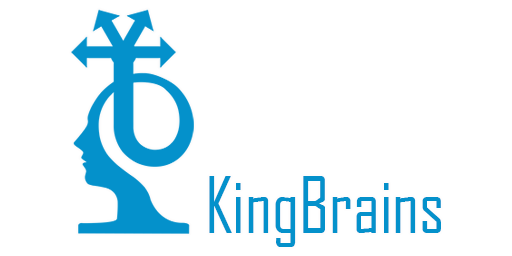Neurofeedback is also referred to as Neurotherapy. Neurofeedback makes information available to the brain almost instantly, and asks it to make adjustments. This input provides the brain with greater ability to self-manage or regulate. State flexibility is inherent in the brain, and when the brain is diminished in flexibility, (known as stuck or fixated) a variety of problems can arise, such as impulsivity, ADD, anger, sleep problems, post-traumatic stress syndrome, anxiety, depression and agitation. Neurofeedback increases state flexibility. Neurofeedback reduces stress and is relaxing, and provides a direct and lasting impact on brain regulation along with central nervous system function.
How is Neurofeedback Used Clinically?
The most common problems addressed by licensed and competent clinicians who use Neurotherapy in their practice are:
• ADD/ADHD
• Depression
• Anger and rage
• Learning Disabilities
• Bipolar Disorder
• OCD
• Sleep Dysregulation
• PTSD
• Fertility
• Peak performance training
• Anxiety
• Asthma
• Chronic pain syndrome, including Functional Abdominal Pain
• Headaches (migraine & tension)
• Hypertension
• Insomnia
• Irritable bowel syndrome
• Panic disorder
• Post-traumatic stress
• Raynaud’s
• Tachycardia


